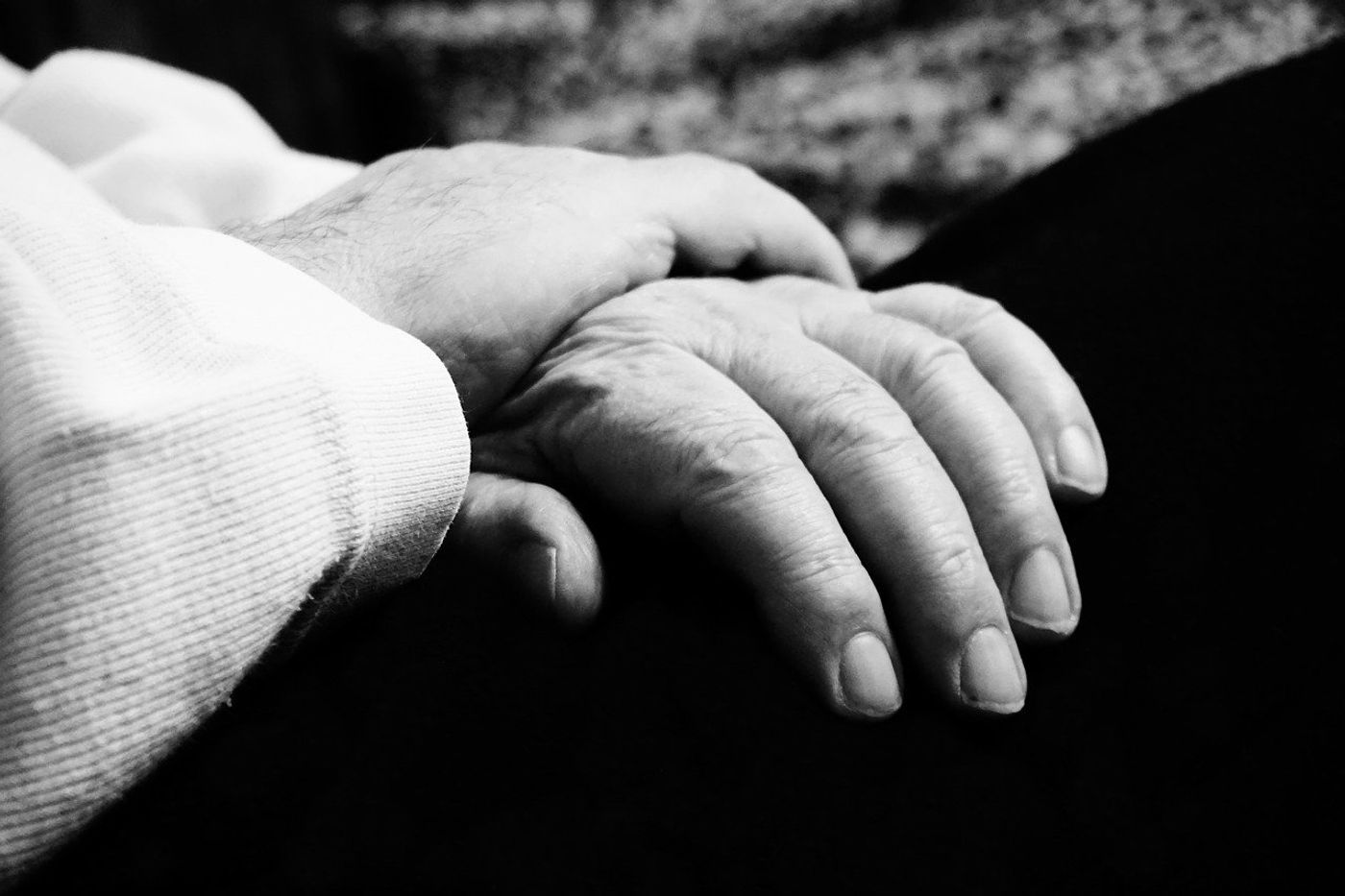When Grandma's optimism bias gets in the way of perceiving COVID-19 risks
Should I have that second glass of wine? Is this car safer than that one? What if I don’t take the job offer – will something better come along? We take risks every day. Some are low stakes. Others are life changing. The profound impact of COVID-19 on all our lives — in particular, the culture war that ensued over masks and later, vaccination — brought the concept of risk front and center. For older adults especially, the risks are literally about life and death.
Early on, experts learned that the elderly were more at-risk for contracting COVID-19, and dying of it, than other age groups. “As of February 2021, over 81% of COVID-19-related deaths in the US occurred in people over the age of 65,” according to a new study published in Nature Aging. Nevertheless, for many elderly people, thinking about risks been especially fraught. Why? Shouldn’t the risks associated with, for example, not masking or not getting vaccinated been obvious? A major contributing factor is optimism bias, the tendency to believe bad things won’t happen. Cognitive neuroscientist, Alyssa H. Sinclair, and colleagues developed an plan for increasing older adults’ perceived risk of viral transmission.
There are at least several factors that contribute to risky behavior in older adults. For example, older adults’ behavior is not always consistent with stated claims to being risk-averse. They also tend not to seek out information relevant to risk. Sinclair and colleagues found, however, that older adults more readily perceive the risk of COVID-19 transmission “after imagining a personalized scenario with social consequences.” Given that older adults are most susceptible to believing and sharing the volume of misinformation on social media, interventions need to “(1) effectively [convey] the risks of engaging in behaviors that could cause viral transmission and (2) [ensure] that risk information sticks over time.” Moreover, “personalized social information may help motivate older adults to improve risk literacy.”
According to Socioemotional Selective Theory, (SST), older adults, affected by the notion of increasingly limited time left in life, make decisions that “maximize emotional meaning, enhance social connections and emphasize personally relevant factors.” Sinclair’s study leveraged SST to generate “rich, personalized mental imagery about close others.”
546 participants aged 18-81 completed an online survey three times: Once before the imaginative exercise intervention, once after the episodic simulation intervention or control manipulation, and once between 1 and 3 weeks after. The 1-3 week follow-up survey found that participants aged 60-81 perceived greater risks than did both older participants in the control group and younger participants.
There are some outstanding questions, such as whether or not older people become generally more risk averse, regardless of the accuracy of the risk estimation. That said, such interventions may be effective in regulating optimism bias.
Sources: Wisconsin Public Radio, Nature, CDC , Florida News Times









